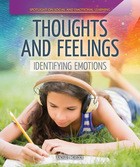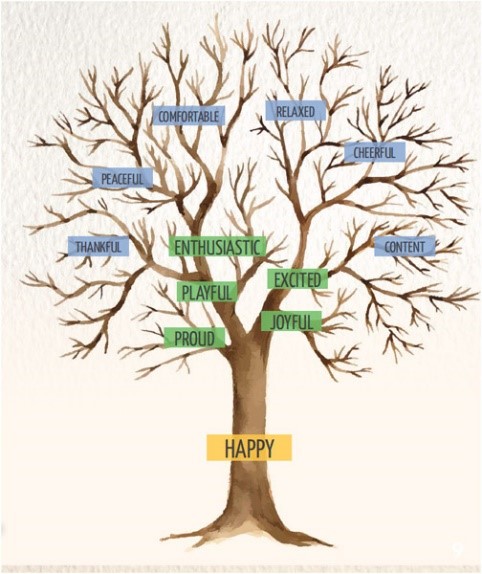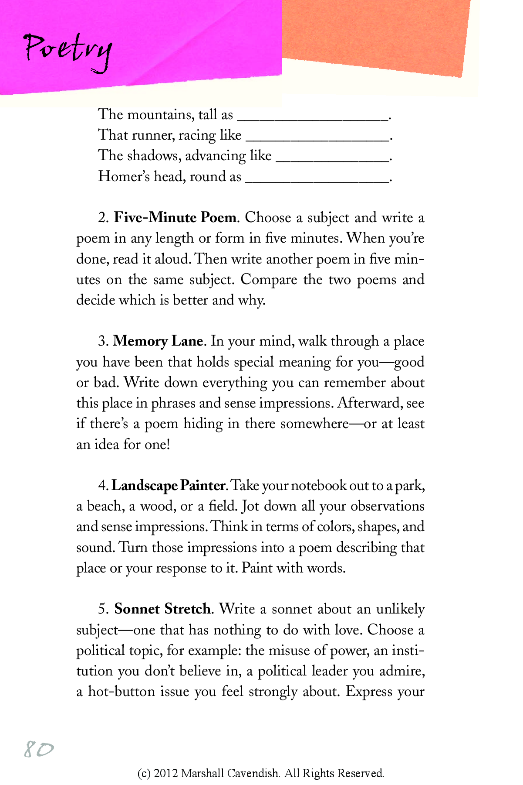| By Nicole Albrecht |
Students today are facing uncertainty and disruptions like never before. Whether in the classroom or through blended learning, how can educators and parents support them with these challenges? The answer isn’t one size fits all, but as educators know, social and emotional learning (SEL) is one key component. There are several ways educators and parents can create safe, open environments for students to explore their emotional world, and the five areas of CASEL’s framework—self-awareness, self-management, social awareness, relationship skills, and responsible decision-making—are a great foundation to start and build upon.
When I was a teacher, I saw that self-awareness can be a particularly complex concept for students to grasp, and it’s even more difficult if students aren’t shown how to address their emotions properly and develop healthy self-efficacy. Understanding, reflecting, and practicing self-control isn’t always easy, especially when our environments are unpredictable. And of course, a student’s age and maturity play a major role. Even for educators and parents, being self-aware can be challenging, but knowing how to model these behaviors and skills for students is the first step in helping them improve their self-awareness and engage in dialogue.
Elementary School
Younger students need to first learn what an emotion is and then be able to connect it to an event or experience. As teachers, we can use guided storyboarding techniques to help them understand these links. For example, if a student is communicating that they’re afraid or showing signs of fear, talking to them about a time they were afraid helps them communicate their emotions. Allow them to connect the emotion of fear to an event, such as a thunderstorm. Ask them what they do to make themselves feel unafraid, such as cover up in blankets or go into a parent’s room. Have them explain actions they can take when they’re afraid in the future.
Elementary school teachers can use eBooks to help guide their practices and introduce concepts about identifying emotions and understanding self-perception. For example, Thoughts and Feelings by PowerKids Press helps young readers learn about the big and little emotions that color their relationships and experiences. Primary sources highlight innovative directions in the study of emotional intelligence, while simple explanations help children cultivate self-awareness in their own lives. There are simple activities that teachers and parents can use in this eBook, such as learning to recognize emotions by reading facial expressions and body language, and thinking about feelings and how they’re all connected in an “emotion tree.”
Middle and High School
For older students, it’s more about showing them that reflection is a tool they can use to manage emotions. Teachers can encourage reflective journaling to help students think about their emotions in new ways. For example, if a student is feeling depressed because they’re no longer allowed to see friends or because they missed milestones like prom or sporting events, they can incorporate journaling. Students will be able to reflect on why they’re upset, connect it to triggering events, and find a healthy solution.
As feelings become more complex for middle and high schoolers, teachers can use eBooks such as The Craft of Writing series by Marshall Cavendish. This series focuses on different genres of writing, such as poetry, screenplays and plays, fiction, and journalism. Each title explores historical context of the writing genre, practical tips, and exercises. In the Poetry title, students learn how to use various writing elements—such as similes, metaphors, and rhymes—to help emphasize main points and expand their voice.
Looking for more ways to support your students’ social and emotional learning? Find practical tips here.

Meet the Author
Nicole is a certified high school teacher from Michigan. She has her master’s degree in curriculum & instruction with a focus on adolescent literacy. As a former teacher, Nicole recognizes the importance of curating eBook collections that meet the needs of the school and students. She loves reading and spending time with her parrot, Turkey.






